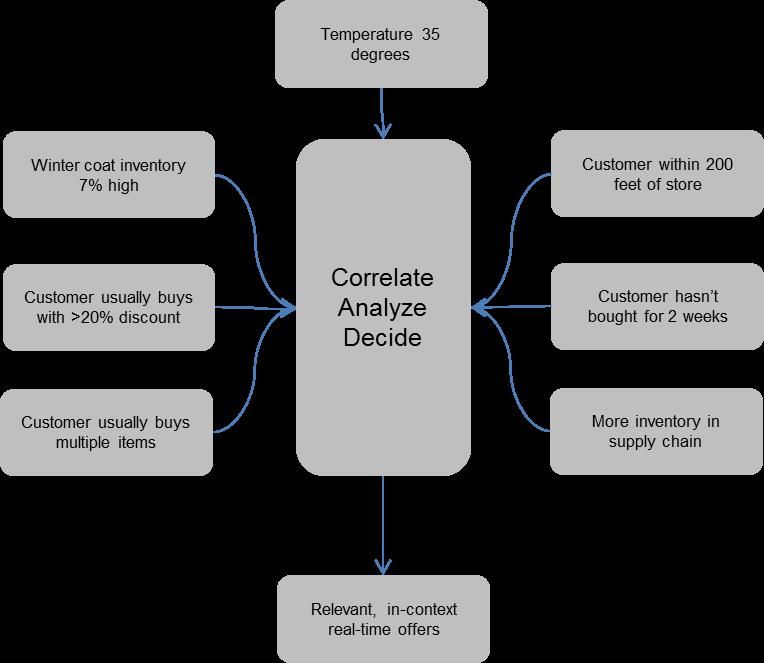Check out The Power of Patterns and The Power of Patterns – Part 2 before reading on to discover the third and final type.
Patterns of Events
 Based on our experiences and skills, there are other patterns that we deal with naturally every day. As complex sequences of events unfold around us, we are able to reach conclusions about likely outcomes. For instance, this might be something as simple as when we are driving and see the lights ahead turn to green (an event), a large vehicle having difficulty accelerating up the hill (a series of events), while there are still 15 cars ahead of us and we know the green light time is usually 45 seconds (let’s call these type 3 patterns). Since we know the chances are we won’t make it through the green light, we are mentally prepared to slow down, rather than accelerate.
Based on our experiences and skills, there are other patterns that we deal with naturally every day. As complex sequences of events unfold around us, we are able to reach conclusions about likely outcomes. For instance, this might be something as simple as when we are driving and see the lights ahead turn to green (an event), a large vehicle having difficulty accelerating up the hill (a series of events), while there are still 15 cars ahead of us and we know the green light time is usually 45 seconds (let’s call these type 3 patterns). Since we know the chances are we won’t make it through the green light, we are mentally prepared to slow down, rather than accelerate.
Now imagine the more complex situation of an electrical generation and distribution grid supplying power to millions of households and businesses. Events are being generated at every point in the network, from the household meter readings happening every 5 minutes or less; substations and transformers each recording and transmitting their current operating situations (load, temperature, etc.); power stations and wind turbine farms generating and sharing their current workloads. That’s, of course, not the end of it… numerous external factors are being monitored: current and projected weather conditions or a local sports team playing at 8pm and the #1 TV program showing at 9pm. Imagine the following situation: overall power generation is down 9% because a reactor is offline for maintenance and a record crowd of 49,000 is expected for the baseball game. Knowing that a substation operating temperature is 13 degrees above normal and that its scheduled maintenance is 3 days overdue, all combined with a hot, humid day that doesn’t look as if it’s cooling down much. With a deep understanding of how these interact and effect the network, a human expert might realize there is a high chance of failure, and be able to send a crew to carry out key maintenance before, rather than after the failure.
Another example is the events generated in a retail environment. As we all know, most retailers do a pretty average job at inducing us to spend more with them, even when we are loyal customers. They basically send the same offers to every customer regardless of history or propensity to buy. Now, imagine a new type of retailer: they have a very clear view of your overall relationship with them (because they have solved the type 1 problem described above), and also have real-time integration of supply chain, inventory and loyalty systems. So rather than sending a blanket offer to everyone, they would be able to make very specific, relevant offers in real time, all based on their and your current situations. Taking this one step further, let’s imagine the retailer understands their in-store and nearby inventory levels for particular items is higher than forecast, and it’s getting to the end of the season. They understand your propensity to buy at a particular discount level. They know you are in the local mall and approaching their store, and your time since last purchasing anything is 2 weeks longer than normal. Having all this knowledge, how hard would it be to have a human decide what sort of offer to make this customer? Once the customer has decided to purchase a particular item, how can the retailer maximize revenue and profit by up-selling and cross-selling with maximum uptake?
Making sense of the flood of data from an increasingly instrumented world needs high levels of automation. Once again, it seems obvious that we need to provide our systems with the ability to correlate and recognize the patterns in events (and non-events) and be able to reach the same conclusions as humans would – except, at the speed of systems. Learn more about the way Complex Event Processing is changing business across the globe.





